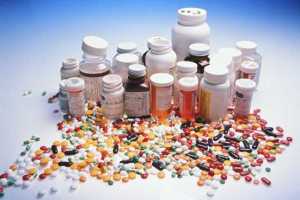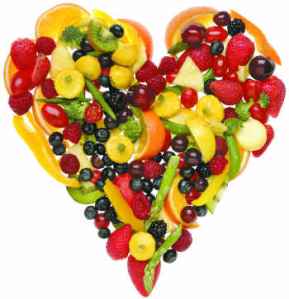If a person is in pain and they take a pill, the pain will usually “go away”. But where is this place that the pain disappeared to? A magical pain land? The pain has actually not gone anywhere, it’s just covered it up. This is like cleaning your house by sweeping all of the dirt under the rug. So does this make you more “healthy” just because you cannot “feel” the pain?
Most people in today’s society do not even consider their health until they have pain or bad symptoms show up. If they feel good, they think they are healthy and if they feel bad, then they are sick. Logical right? Wrong. Good or bad symptoms are only a message from our body that there is something going on and some type of change is needed.
Symptoms are our body’s way of adapting to its internal and external environment. For example, what if you eat some spoiled food and get food poisoning. When you experience extreme vomiting and diarrhea, are you sick or healthy? Most would say that you are sick, but in actual fact, it is a good and strong natural response to eject the toxins out of your body as quickly as possible. You may feel horrible, but your body is healthy because of its natural protective reaction.
What do you do when you are experiencing these types of reactions, do you let your body do what is best for it or do you take something to suppress the symptoms?
If your smoke detectors alarm went off, would you just take the batteries out and go back to sitting on your couch or would you investigate as to what actually set it off in the first place?
We therefore cannot judge our true health by how we are feeling, but rather by how well our body is functioning and responding to lifestyle stress. As the World Health Organization states, health “is optimal physical, mental and social well-being, not merely the absence of disease or infirmary.”
How well are you functioning? Real health includes all types of factors, such as abundant nutrition, exercise, proper sleep, a way to manage and minimize stress and toxins, a well functioning and responding nervous system and a positive mental attitude. Health care is not screenings for cancer, diabetes or high blood pressure. Though these tests are important, waiting to find something is sick care, taking responsibility the choices you make is true health and wellness care.
So take a more pro-active approach to your own health care. Eat right, move more, get adjusted and think positive thoughts to help elevate your own health.
What steps are you taking to bring your health quotient up? Leave a comment below to share your journey!
Cheers to your health!
Dr. Vanda.





